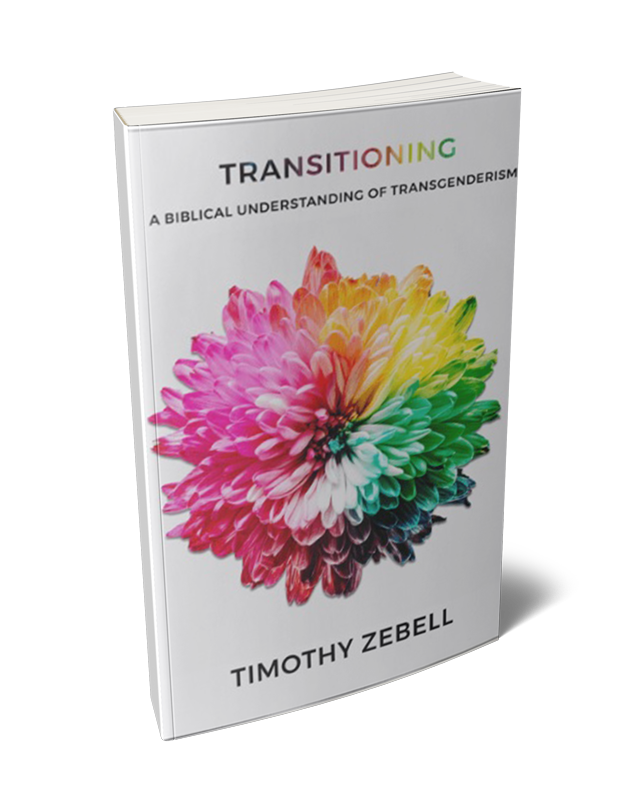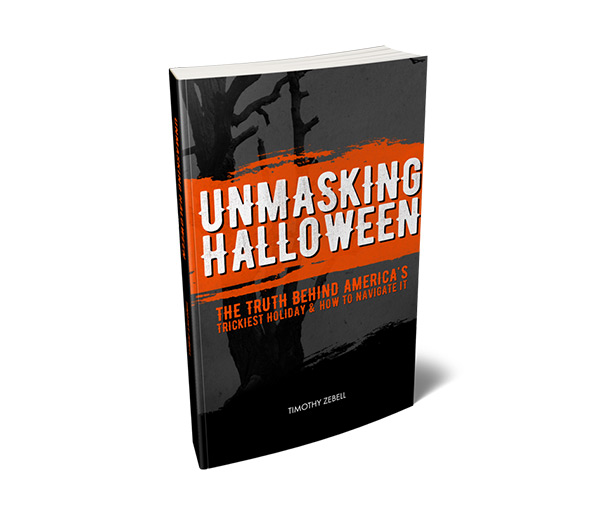Today’s racism is not the racism of our parents and grandparents. In his most famous address, Dr. Martin Luther King Jr. defined victory in our nation’s battle against racism as refusing to allow our superficial distinctions to prevent us from uniting together to live out the true meaning of our national creed: “We hold these truths to be self-evident, that all men are created equal.”[1] Dr. King spoke about his dream of a coming day when “the sons of former slaves and the sons of former slave owners will be able to sit down together at the table of brotherhood,” where his “four little children will one day live in a nation where they will not be judged by the color of their skin but by the content of their character,” and where “little black boys and black girls will be able to join hands with little white boys and white girls as sisters and brothers.”[2]
Dr. King’s address united people of all colors in a common quest to end the injustice of segregation. “Progress on race in America,” according to University of Tennessee law professor Glenn Reynolds, “used to mean seeing past color and race, not sorting people based on external characteristics.”[3] However, this has all changed in the 21st century. Today’s racial advocates have redefined racism, and many of today’s black activists are now demanding a return to segregation—something to which college campuses across America have readily assented.
A 2019 National Association of Scholars report found that “of the 173 schools surveyed, 72% segregated graduation ceremonies, 46% percent segregate student orientation programs, and 43% segregate residential arrangements.”[4] Even student opportunities for advancement are segregated. At the University of Colorado Boulder, a special retreat centered around career development and networking is available only to students “whose identity community/ies have been minoritized” in science, technology, engineering and math.[5] At the University of Alabama, a “diversity” program benefits black, Hispanic, Native American and LGBTQ students but excludes white and Asian students.[6] And at Portland State University, the Women’s Resource Center holds meetings “solely for people of color.”[7]
Incredibly, such neo-segregation is not deemed racist; instead, it is championed, such as in the New York Times’ self-contradictory headline “Colleges Celebrate Diversity with Separate Commencements.”[8] How is it that a white-only college graduation ceremony is absolutely racist but a black-only college graduation ceremony is not? How is it that we’ve reached a point in our country where racism has become a one-way street where only white people are capable of exercising racism? To answer this question, we must understand that within the world of academia, the definition of racism has changed from what it meant in the 1960s.
Historically, racism has been defined as “a belief that race is the primary determinant of human traits and capacities and that racial differences produce an inherent superiority of a particular race.”[9] This is no longer the definition undergirding our modern conversations about racial issues. Instead, modern academics have relegated this classic definition of racism to the terms “prejudice” and “discrimination.” Author of one of today’s most influential books on the subject, titled White Fragility, Robin Diangelo writes:
Prejudice is pre-judgment about another person based on the social groups to which that person belongs. Prejudice consists of thoughts and feelings, including stereotypes, attitudes, and generalizations that are based on little or no experience and then are projected onto everyone from that group. … Discrimination is action based on prejudice. These actions include ignoring, exclusion, threats, ridicule, slander, and violence. … When a racial group’s collective prejudice is backed by the power of legal authority and institutional control, it is transformed into racism, a far-reaching system that functions independently from the intentions or self-images of individual actors.[10]
According to this new concept of racism, judging other human beings based solely upon the color of their skin and treating them accordingly is no longer inherently racist. Instead, it could be a means of pushing back against a system that privileges some people at the expense of others—a system that assumes white to be the normal standard for humans and considers people of color to be a deviation from that norm.[11] Such assumptions has created an intrinsically racist system in which the historical accumulation and ongoing use of institutional power and authority are used to support prejudice and to systematically enforce discriminatory behaviors.[12] This is why professor of American studies and anthropology at Wesleyan University J. Kauanui can say, “Racism is a structure, not an event.”[13] Put another way, racism is “a system of advantage based on race,” not an individual’s action or attitude.[14]
Proponents of this new concept of racism charge that it is whites who are the advantaged race. Diangelo writes, “This system of structural power privileges, centralizes, and elevates white people as a group,” generally at the expense of people of color.[15] According to Robin Diangelo, “Being perceived as white carries more than a mere racial classification; it is a social and institutional status and identity imbued with legal, political, economic, and social rights and privileges that are denied to others.”[16]
This is why racism appears to be a one-way street in which only white people can be racist. Associate Professor in Cultural and Social Analysis Alana Lentin writes, “Racism cannot be ‘anti-white’ because it does not describe feelings of animosity or hostility; it is not a synonym for prejudice. Ideas of race gave rise to racist ideologies, such as the idea that Europe is the pinnacle of progress and civilisation [sic].”[17] Likewise, Diangelo explains:
People of color may also hold prejudices and discriminate against white people, but they lack the social and institutional power that transforms their prejudice and discrimination into racism; the impact of their prejudice on whites is temporary and contextual. Whites hold the social and institutional positions in society to infuse their racial prejudice into the laws, policies, practices, and norms of society in a way that people of color do not. … When I say that only whites can be racist, I mean that in the United States, only whites have the collective social and institutional power and privilege over people of color. People of color do not have this power and privilege over white people.”[18]
Given this new understanding of racism, every white person in America is necessarily a racist because their very existence helps to perpetuate a system of racism. According to Diangelo, “Individual whites may be ‘against’ racism, but they still benefit from a system that privileges whites as a group. … These advantages are referred to as white privilege, a sociological concept referring to advantages that are taken for granted by whites and that cannot be similarly enjoyed by people of color in the same context (government, community, workplace, schools, etc.).”[19] This is what is meant by the phrase “systemic racism.” As African American scholar and filmmaker Omowale Akintunde says, “Racism is a systemic, societal, institutional, omnipresent, and epistemologically embedded phenomenon that pervades every vestige of our reality.”[20]
For anyone who accepts this new understanding of racism, there can be only one lasting solution to racial tensions in our country: We must eliminate our government, economic, and cultural institutions and replace them with something distinct from western civilization and its heritage. Unlike Dr. Martin Luther King Jr. who believed the solution to our racial tensions can be found in realizing our biblically-based American ideal of treating all men as equals because we are created in the image of God, modern activists believe the only solution to our racial tensions is for America to cease to exist in order that something new can be built in its place. It is a historically foreign view of racism rooted in Cultural Marxist concepts of power dynamics.
Professors, politicians, journalists, and even some pastors who decry systemic racism are not decrying the racism of our parents and grandparents. The vocabulary may be the same, but the words mean something entirely different. The concept of racism as a system of advantage is nothing short of a Cultural Marxist trojan horse. As such, we must be careful that in our eagerness to disavow discrimination based upon skin color, we do not become inadvertent proponents of this new definition of race with its inherently divisive premises and radical demands.
Free Downloads
Share...
1. King, Martin Luther, Jr. “‘I Have a Dream,’ Address Delivered at the March on Washington for Jobs and Freedom.” Stanford University, Martin Luther King, Jr. Research and Education Institute, August 28, 1963. Accessed September 9, 2020. https://kinginstitute.stanford.edu/king-papers/documents/i-have-dream-address-delivered-march-washington-jobs-and-freedom.
2. King.
3. Reynolds, Glenn. “Campus Leaders Couldn’t Care Less about Racial Progress.” Opinion. USA Today, January 28, 2020, 5:00 a.m., ET. https://www.usatoday.com/story/opinion/2020/01/28/racial-segregation-college-campuses-ethnic-division-racist-civil-rights-column/4587577002/.
4. National Association of Scholars. “Event Overview: Neo-Segregation at Yale.” National Association of Scholars, May 1, 2019. https://www.nas.org/blogs/article/event_overview_neo_segregation_at_yale.
5. Reynolds, Glenn. “Campus Leaders Couldn’t Care Less about Racial Progress.”
6. Reynolds.
7. Reynolds.
8. Hartocollis, Anemona. “Colleges Celebrate Diversity with Separate Commencements.” US. New York Times, June 2, 2017. https://www.nytimes.com/2017/06/02/us/black-commencement-harvard.html.
9. Webster Dictionary, s.v. “Racism.” Accessed September 9, 2020. https://www.merriam-webster.com/dictionary/racism.
10. Diangelo, Robin. White Fragility: Why It’s So Hard for White People to Talk about Racism, 19–20. Boston: Beacon Press, 2018.
11. Diangelo, 25.
12. Diangelo, 22.
13. Diangelo, 20.
14. Diangelo, 24.
15. Diangelo, 30.
16. Diangelo, 24.
17. Lentin, Alana. “Why Racism Is So Hard to Define and Even Harder to Understand.” Conversation, November 27, 2018, 2:08 p.m., EST. https://theconversation.com/why-racism-is-so-hard-to-define-and-even-harder-to-understand-106236.
18. Diangelo, White Fragility, 22.
19. Diangelo, 24.
20. Diangelo, 72.
Unless otherwise noted, all Scripture quotations are taken from The Holy Bible, English Standard Version, copyright ©2001 by Crossway Bibles, a publishing ministry of Good News Publishers. Used by permission. All rights reserved.








